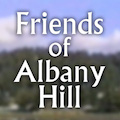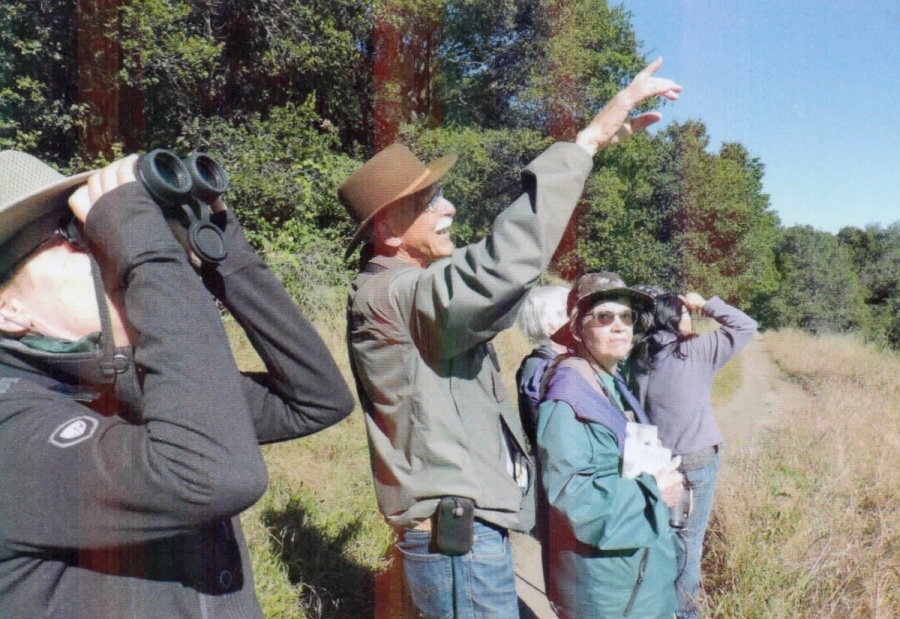Friends Of Albany Hill
A Day of Nature on Albany Hill
Saturday, December 2, 2023
8:00 AM – 4:30 PM
Birdwatching
8:00 – 10:00 AM
Meet at Pierce St bridge/Cerrito Creek
with Ralph Pericoli
- 24 Years With Golden Gate
- Raptors Observatory
- Certified Master Birder
- California Academy of Sciences
Forest Bathing
10:30 AM – 12:00 PM
Limited Registration
Reserve: cfitz68@hotmail.com
with Kirra Swenerton, MS
- RootWisdom.com
Monarch Butterfly Count
3:00 — 4:30 PM
Meet at Taft St. turnaround
with Carole Fitzgerald, Michael Gold, Mia Monroe, Kirra Swenerton
Info: http://www.friendsofalbanyhill.org
Trail Intro/Mural Tour
1:30 – 2:45 PM
Meet at Taft St. turnaround
with Carole Fitzgerald
- Friends Of Albany Hill, President
- Mural Designer




